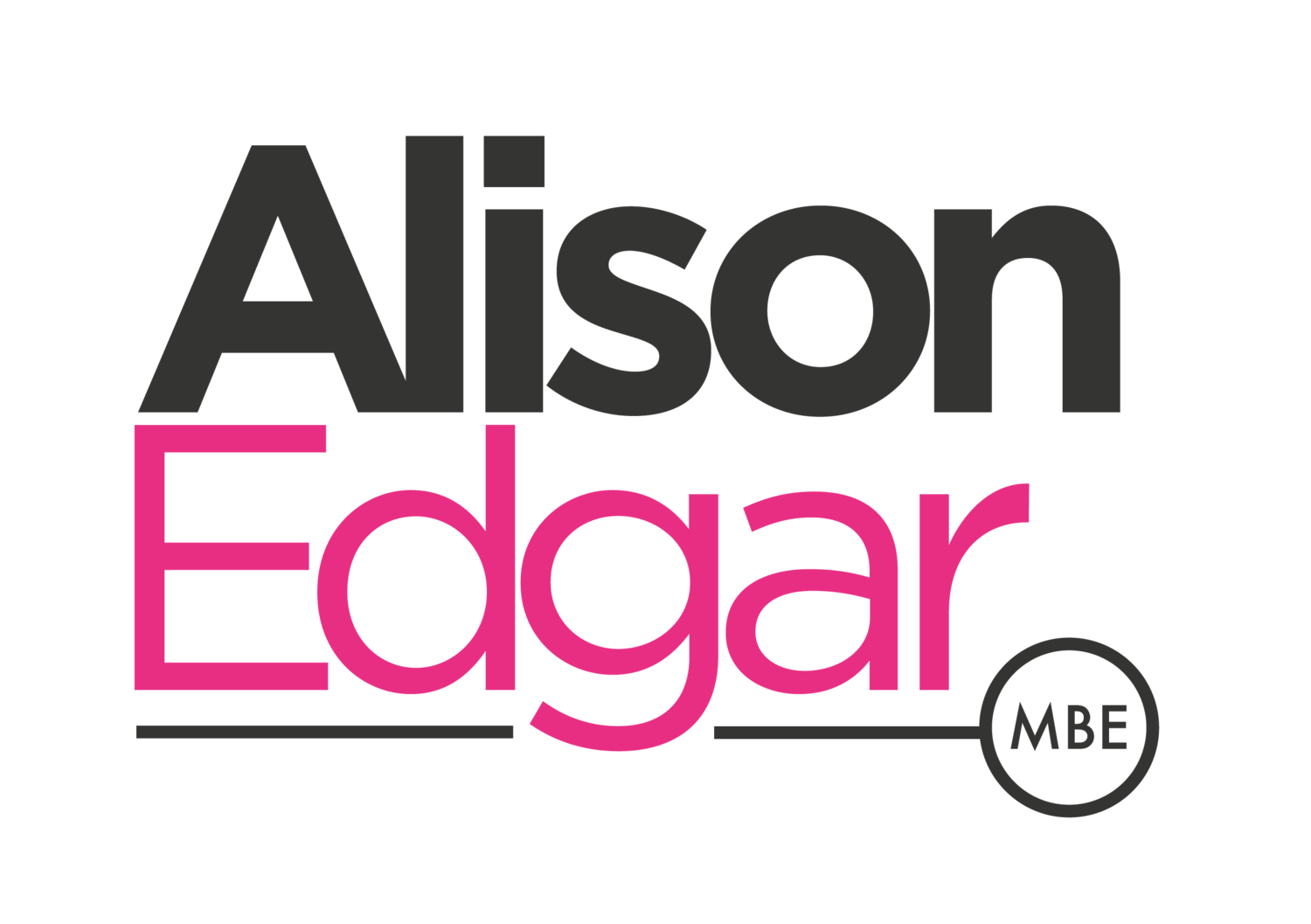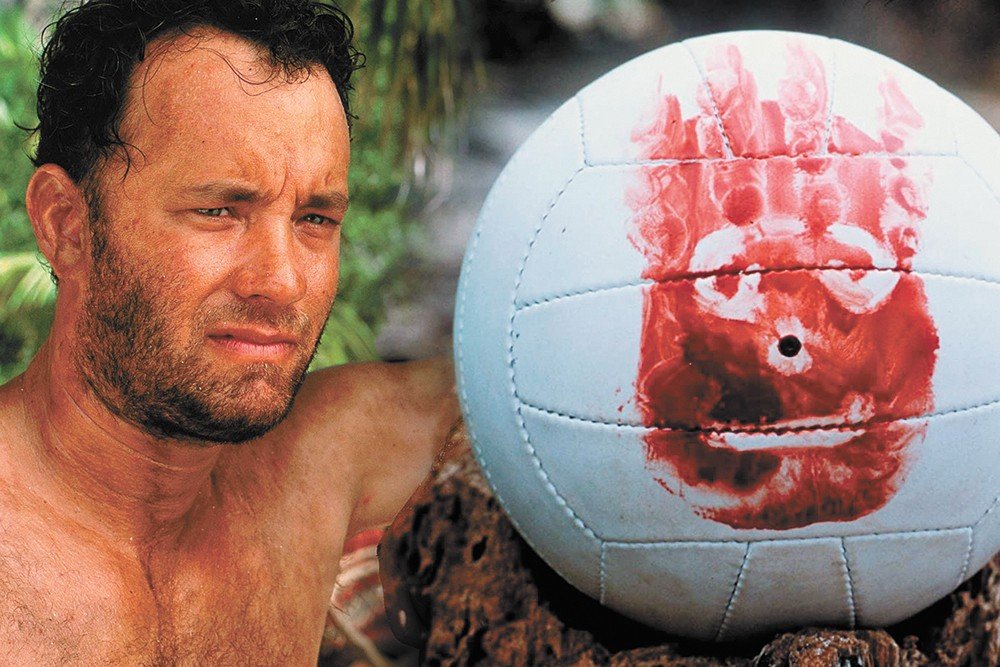Maslow’s Hierarchy of Needs: Explained in Simple Terms
2020, what a year!
It’s not often that a worldwide pandemic comes knocking, and its effects have been felt by us all. Things we had previously taken for granted like going to shops, visiting family members, and going on holiday have been taken away. For some, the effects have been even more detrimental. People have lost jobs, members of their families, and even their homes. In today’s blog, I want to discuss the effects COVID-19 has had on Maslow’s Hierarchy of Needs, a theory that explores human motivation. I had heard the name before but I had never really understood it or its significance until I started my research a year or so ago. The more I read about it the more it completely revolutionised my way of thinking, and it really helps me to understand exactly what is happening mentally for those who have been most affected by the COVID-19 crisis.
Maslow (1943) stated that people are motivated to achieve specific needs and some needs will take precedence over others. Maslow’s original hierarchy defines human needs into five categories; physiological, safety, belonging and love, esteem and self-actualization. The model is displayed in a pyramid structure (see image below) and like a traditional hierarchy, you have to work your way up from the bottom to top.
As humans, our most basic need is for physical survival, hence why physiological needs are at the bottom of the pyramid. Once we have fulfilled the needs at that level we are then motivated to achieve the next level and so on until we reach the top of the pyramid. It’s a little bit like a video game, every time you complete a round you get to level up with each level becoming increasingly difficult and if you fail the level you drop back down to the one before and have to complete it again.
But what does that mean in everyday language?
Let me tell you a little story about my friend Tom Hanks.
In 1995, Tom, not actually a friend of mine (I only wish), starred in the hit survival drama, Cast Away as Chuck Noland. Chuck is a successful systems analyst for FedEx, living in Memphis with his long-term beloved girlfriend, Kelly. At this point, you could say his character is sitting pretty, somewhere between the top two tiers. His basic physiological needs are being met, he is both physically and financially secure and has the love of a good woman. Based on what we know about his job, I think it’s fair to say he’s well accomplished and respected in his field which helps fulfil his esteem needs. I would say on Maslow’s he is probably hovering around the fourth and fifth tiers, trying to make the move from esteem to self-actualisation.
Things are looking pretty good for Tom until he has to fly to Malaysia on an emergency business trip. During his flight, there is a huge storm, causing the plane to crash land in the middle of the ocean. Very unexpected and something that was out of his control, a little bit like the pandemic! Tom manages to escape the sinking plane and soon realises he is the only one that survived the crash. He later drifts to shore, where he finds himself alone on a deserted island with nothing but the FedEx packages that got washed up with him.
Falling down Maslow’s Hierarchy
His initial reaction is to try and leave the island in the hopes of getting rescued. He inflates a life raft and begins to paddle out to sea, but as he gets closer to the end of the reef the waves start crashing in. The sea overpowers him, he is tossed out of his life raft and pinned underwater by the waves injuring himself on the harsh coral. He gets washed back to shore not only with a deflated life raft but a deflated sense of hope.
Just like that, our buddy Tom has fallen from the top of the hierarchy to the very bottom. He’s gone back to basics, with his one and only goal to survive until he gets found. This is where natural human instincts come into play, putting our physiological needs before anything else. Tom knows that if he is going to survive he will need to find water, food and shelter, the basic biological requirements all humans need to live.
Whilst searching the island for food and water, Tom starts opening the FedEx packages to see if they contain anything that will help aid his survival. He chooses to open all the packages except one. He makes a promise to deliver that one last package. This is the physical embodiment of his ‘WHY’. On the days where he is fed up, lonely and feels like he can’t possibly make it through another day on the island, he can see the package and remembers the promise he made to deliver it. The package represents his goal to survive and make it home.
Love and Belonging
As the movie continues, we see Tom move up the hierarchy, even on the small island where there is little hope, the hierarchy of needs and desire to move towards the top still exists. It’s human nature to want to progress. Tom gets to a point where he can satisfy the majority of his physiological needs. He has learned how to spearfish, he knows how to start fires to keep warm, and has fashioned himself some basic form of clothing. He makes a cave home, providing him with somewhere secure to settle and he no longer fears the island, he fulfils his security and safety needs.
When it comes to belongingness and love, poor Tom has no one. This is when he comes across Wilson, a volleyball with a face of sorts. Okay, so maybe it’s not the conventional two-way relationship that springs to mind when you think of love and belonging but it works for Tom. Wilson becomes his confidant and we see him talking and arguing with Wilson on a regular basis. Having Wilson comforts him and satisfies his need for company. Although it may be unconventional, Tom develops a friendship with Wilson and can rely on him to get through the tough days where he feels alone. Luckily, in this day and age, we have brilliant technology, and since we aren’t stranded on a desert island, most of us have been able to keep in touch with our families during the pandemic, which has been a great coping mechanism.
Slowly but surely Tom is creeping his way back up the tiers. Sure, things are a little different this time around, but so are his surroundings. You could even say that he begins to fulfil his esteem needs as he is no longer just surviving but he is starting to confidently thrive, knowing that he has done everything he possibly can to keep himself alive.
Esteem and Self Actualisation
It’s when he realises that no one is going to rescue him that he starts working on a plan to build a raft and leave the island. I’m going to go out on a limb here and say that we could argue Tom is at the very same tipping point he was at before the plane crash. He’s back at that line between esteem and self-actualization. All his deficiency needs have been met, he knows he is meant for more, and if he is ever going to achieve his goal of delivering that one last package then he will have to take action and make it happen because no one is going to do it for him. His attempt to get rescued and leave the island is his way of striving for self-actualization.
Apologies if you haven’t seen the movie, I guess this was a bit of a spoiler (but you have had since 1995 to watch it!). I think it is a great example, albeit quite an extreme one, of how Maslow’s theory works and impacts our lives. It shows that the hierarchy exists within us all, no matter our environment or surroundings. I think it also shows us that despite the pandemic, there are coping mechanisms we can implement to get ourselves back up the hierarchy.
Tom always wanted to get off the island but before he could do that he needed to learn how to survive. Just to spoil it completely Tom does get rescued after floating out at sea on his raft and eventually gets to return home. He didn’t make it the first time he tried because he wasn’t ready, even if he had made it past the reef, he would never have survived because you can’t achieve something that is high up on your hierarchy when you’re stuck at the bottom. He needed to learn how to look after himself and figure out a plan before he could paddle out into the middle of the ocean and get rescued.
How does this relate to 2020 and the pandemic?
So how does this relate to the pandemic and the perils that 2020 have thrown our way?
According to a 2017 survey by Gallup, 85% of people are quoted as hating their jobs. Whilst work is often a source of frustration, the financial security and career progression it brings allows us to progress on the hierarchy to esteem. This is why the devastating number of job losses caused by the pandemic has heightened the sense of fear in the nation. People are not only losing financial security, they’re losing the relationships they’ve formed at work with their colleagues and their sense of self-worth. Like the plane crash, job losses have brought people tumbling down to the lower rungs of the hierarchy.
The vaccine may or may not be the solution to our problems, but just like Tom getting over the reef, we are going in the right direction to being ‘rescued’. Whilst the vaccine may not work for everyone, it gives us hope and something to look forward to for the future. This is why goals are so important in everyday life, for me without a goal I feel like I’m wading in treacle. When we can see the end is in sight, we have the motivation to keep going – or like my friend Dory the fish “just keep swimming!”.
Many people have lost their livelihoods, and we all react differently. Whilst it may seem like the top of the hierarchy is unreachable for some time whilst we lack the basic fundamentals, it’s not necessarily true. Tom Hanks was able to reach the higher rungs of the hierarchy living alone on a desert island. It’s about finding the strength to pull yourself up again after you’ve been knocked down, and whilst the coping mechanisms may not be strictly conventional, for example, Tom’s good friend Wilson, there are ways we can learn to deal with the cards we have been dealt. The trick is to focus on the things you can control, and not on the things you can’t, remember your ‘WHY’.
For more information on delivering this content for your team or audience, get in touch below.



